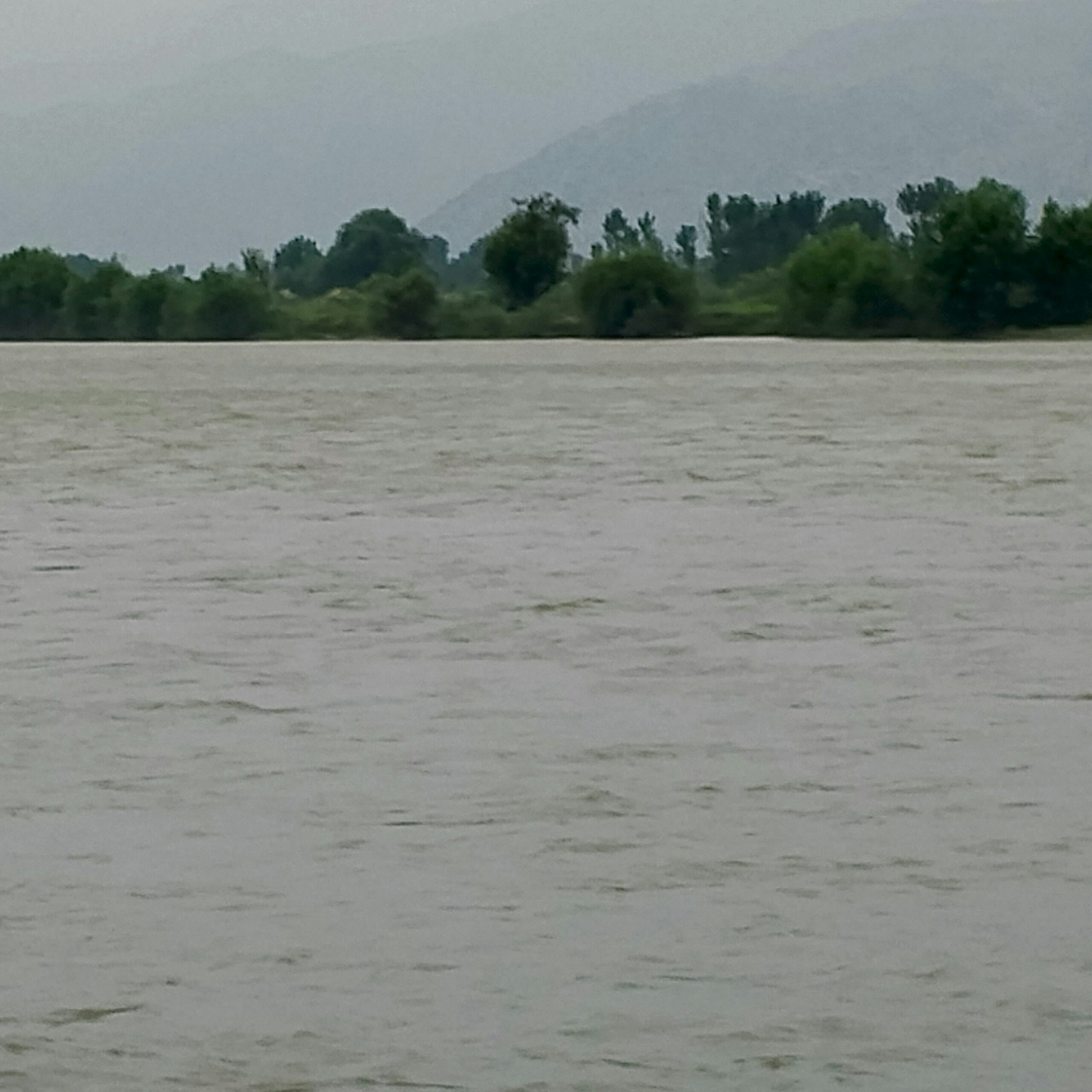
In a devastating turn of events, the region of Indian-administered Kashmir has been struck by severe flash floods, resulting in significant loss of life and numerous missing persons. As of now, reports confirm at least 32 fatalities, while more than 50 individuals remain unaccounted for, sparking a massive emergency response effort.
Key Facts
- At least 32 people have died due to the flash floods.
- Over 50 individuals are reported missing in the aftermath.
- Emergency services are actively engaged in rescue operations.
Background
Indian-administered Kashmir, known for its stunning landscapes and significant historical context, is also prone to natural disasters including floods. The region’s topography and climatic conditions make it susceptible to sudden and severe weather changes, leading to natural calamities such as flash floods. These events often result in tragic loss of life and extensive property damage, impacting the lives of thousands of residents.
Timeline/What We Know
The flash floods were reported early in the morning, catching many residents off guard. Swiftly rising waters overwhelmed local infrastructure, inundating homes and cutting off escape routes. This catastrophic event highlights the urgent need for enhanced weather forecasting and improved emergency preparedness in vulnerable regions like Kashmir.
Official Reactions
Authorities have mobilized emergency response teams to conduct rescue operations and provide relief to those affected. The government is also examining the extent of the damage to strategize further actions to assist the victims and possibly prevent such disasters in the future. The focus is currently on rescue and recovery, ensuring the safety of those still at risk.
What’s Next
The immediate priority is the search and rescue of the over 50 missing individuals, alongside providing necessary aid to those displaced or injured by the floods. Long-term, the incident is likely to prompt discussions on infrastructure resilience, early warning systems, and community preparedness to better handle future emergencies. Additionally, environmental experts might analyze the impact of climate change on the increasing frequency and severity of such natural disasters.